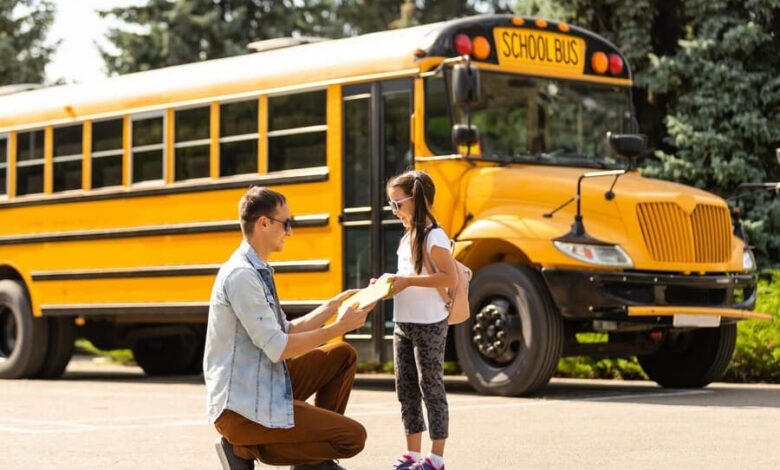Why are Reliable School Buses Important for Students?

School buses are the most utilised and popular mode of transport among students. At places where parents can drop and pick up their children from school, they also prefer school buses since school buses ensure safety that is incomparable to any other vehicle. Federal studies continue to confirm that school buses are the safest mode of transportation for children to and from school, greatly reducing the chances of any accidents occurring compared to using private vehicles. Their design, with features such as reinforced structures and flashing lights, ensures the maximum protection of young passengers. Beyond safety, school buses offer a range of other advantages.
They work for inclusivity, serving students in geographic isolation or with special needs so they can attend schools that others take for granted. When choosing bus services for schools, communities alleviate traffic congestion, the atmosphere is taken care of, and social relations among the pupils develop positively. School buses are not just simple means of transport these are essential facilities that contribute to a safer, more equal and in-contact school community. In this article, we’ll look into the importance and advantages of reliable school services.
Safety
School buses are the safest mode of transportation for students because of the rigid standards they must meet and their structural makeup. The vehicles are designed with reinforced bodies, high-backed seats, and flashing lights that increase visibility and protection. The stop signs on school buses create a zone of safety where other vehicles must stop while students board or exit. These features significantly reduce the chances of accidents, thereby making school buses a viable option for parents and schools. Drivers are also specifically trained to handle students with the utmost care at all times.
Equality
School buses are a significant part of ensuring that each child, regardless of residence or family economic status, has access to education. For rural families and those without transportation, school buses bridge the gap to educational opportunities. These buses are designed to be inclusive, carrying students with disabilities and taking them comfortably to schools that can cater to their needs. School buses help link children to learning environments, enabling students to pursue education without barriers in transport, hence bringing equity to communities.
Environment
More cars on the road equate to increased emissions and poor air quality. School buses combat this by greatly reducing the number of vehicles needed to transport students. One school bus can replace up to 36 cars, reducing greenhouse gas emissions and air pollution. This eco-friendly advantage not only improves air quality but also supports healthier living conditions for children and the broader community. The newest models of school buses run on much cleaner energies, including electric and hybrid, making them even greener.
Community
School buses bring together pupils who might otherwise not be thrown together. They offer a shared space in which children from different backgrounds may interact, make friends with one another, and learn from one another. This is a community that begins on the bus ride in and continues in the classroom. Besides that, parents and neighbourhoods also benefit from structured pick-up and drop-off routines provided by buses. These reduce traffic congestion in and around school zones, therefore making the community a safer and more orderly place.
Cost Savings
Besides being economical for family budgets, school buses reduce fuel expenses and wear and tear for families on a day-to-day basis. As far as schools are concerned, consolidation allows them to effectively put together resources and combine transportation budgets for better utilisation. In this, school districts also save on infrastructural costs related to parking since fewer cars would be necessitated at school premises. By investing in the buses, communities can devote more money to other priorities including classroom resources and extracurricular programs.
Conclusion
School buses are far more than a mode of transportation- they are the lifeblood of education and community life. They ensure student safety, foster equity, reduce environmental impact, connect communities, and save families and schools alike much money. By investing in school bus systems, we will invest in a future for all children that is much safer, healthier and more inclusive.
Visit Paid Services for more informative blogs..


